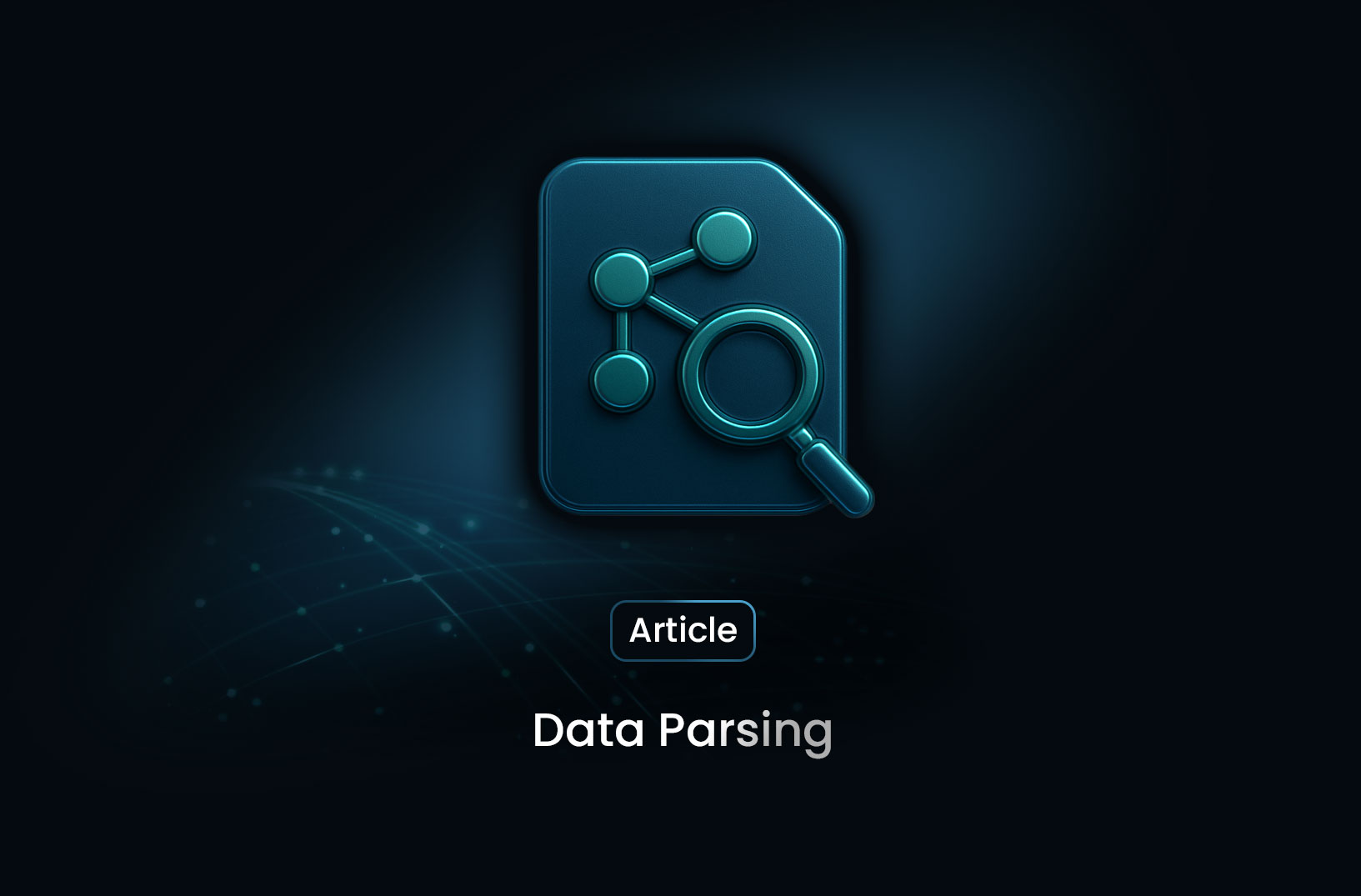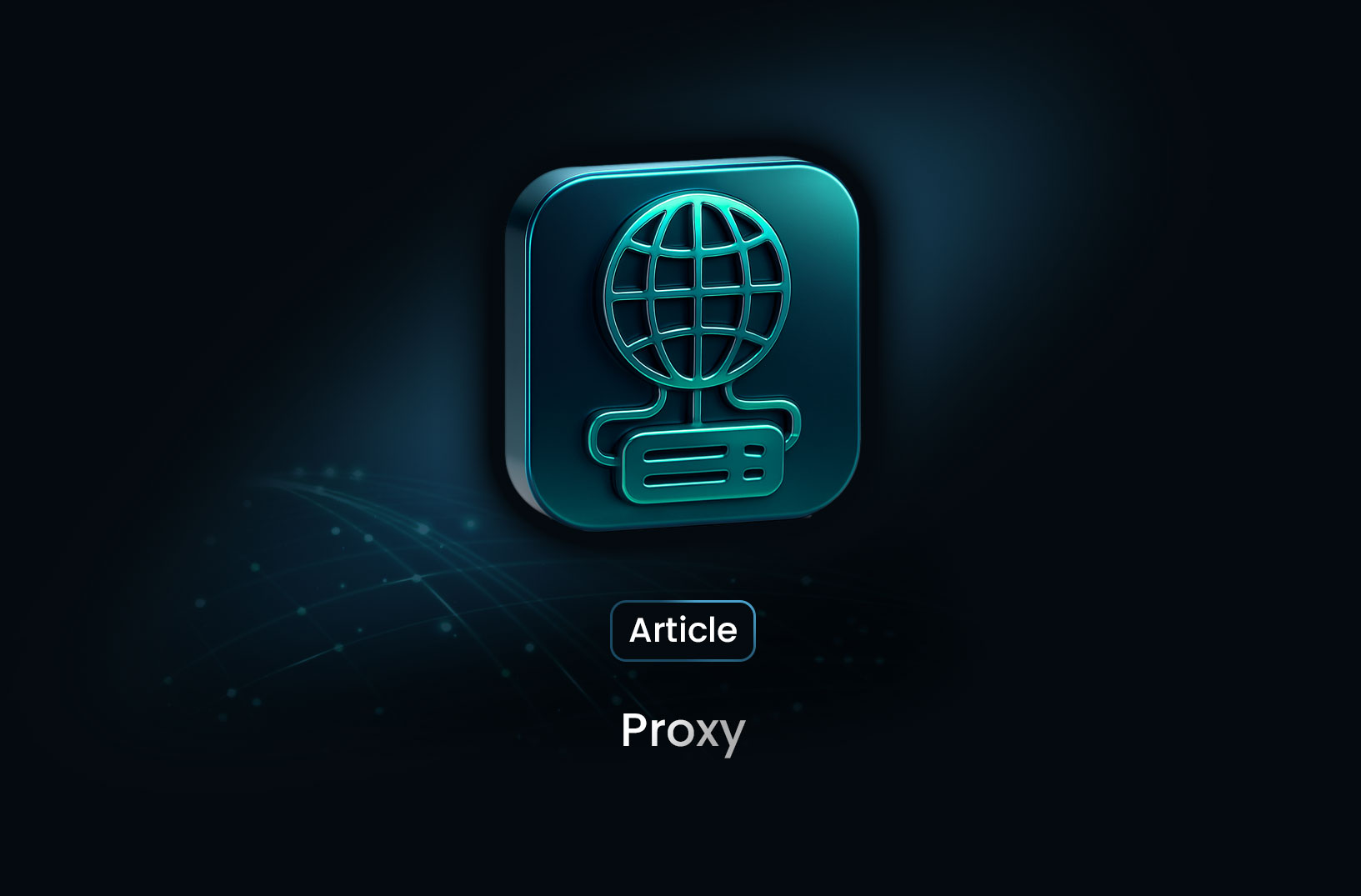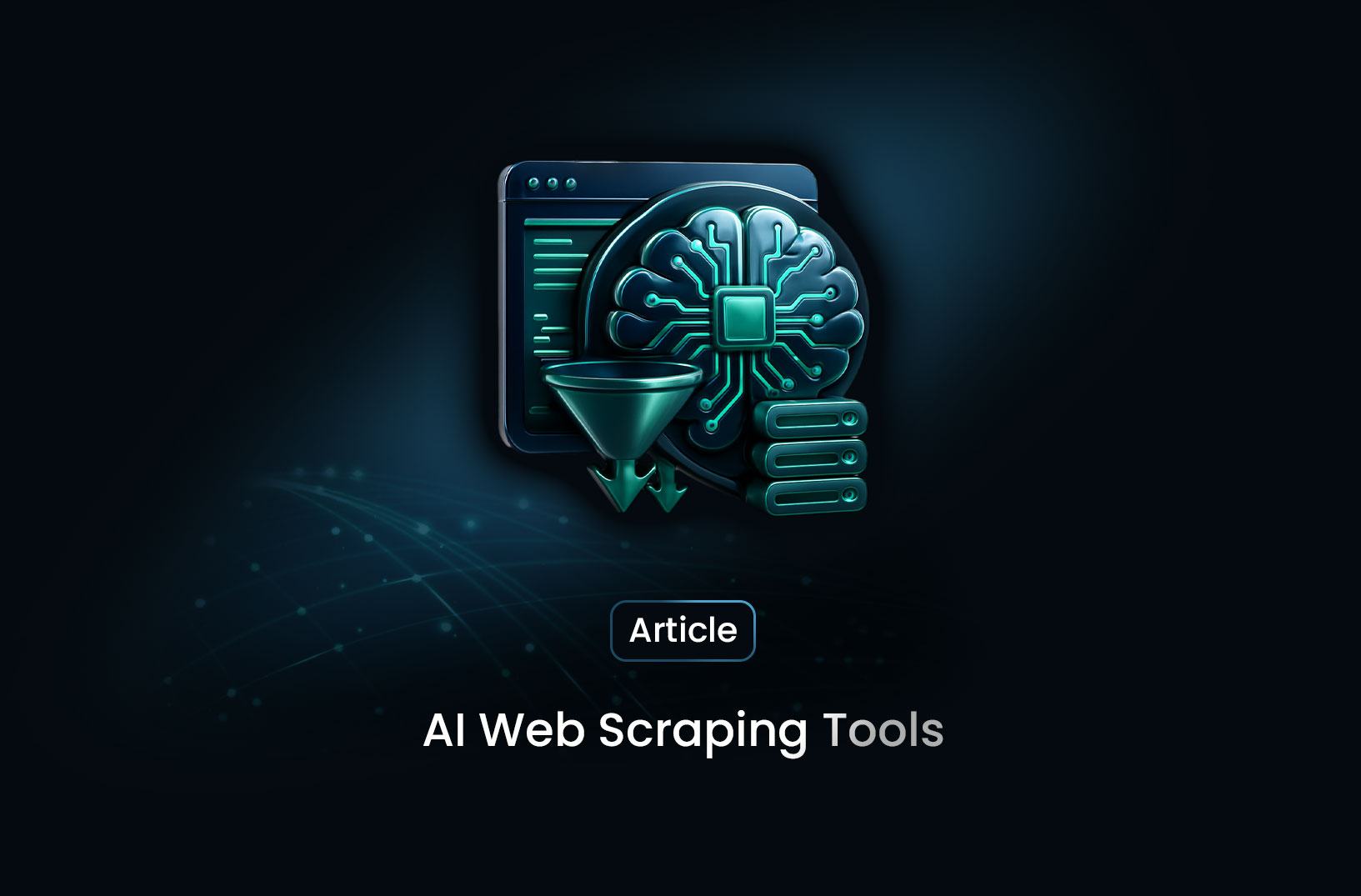
Data Parsing Explained: Definition, Benefits, and Real Use Cases
ArticleData parsing is the process of extracting and converting raw information into structured data. Learn how it works, common methods, and why parsing is essential for automation, analytics, and modern data workflows.
Data parsing is one of the foundational processes in modern data workflows. Whether you're building automations, cleaning datasets, integrating APIs, or powering analytics dashboards, parsing allows raw information to be transformed into structured, usable formats. This makes it essential for developers, analysts, data engineers, and businesses that rely on accurate, well-organized data.
In this guide, we’ll explore what data parsing is, how it works, common parsing methods, and why it's important in today’s data-driven environment.
What Is Data Parsing?
Data parsing is the process of analyzing, extracting, and converting data from one format into another structured format that a system can understand.
It typically involves:
- Breaking large data strings into smaller components
- Identifying key elements based on rules or patterns
- Converting unstructured or semi-structured content into structured data
Data parsing is used in applications like:
- Web scraping
- Log file analysis
- API integration
- Data migration and ETL pipelines
- Natural language processing
How Data Parsing Works
While the parsing process depends on the data source and format, most systems follow these steps:
1. Input Data Collection
The source may be HTML pages, JSON files, XML feeds, CSV files, logs, or text.
2. Pattern Recognition
Parsers identify patterns using rules such as:
- Regular expressions
- Tag or attribute selectors
- Schema definitions (like XML schema)
- Predefined data structures (JSON keys)
3. Extraction
Once recognized, the relevant data segments are extracted.
4. Transformation
Extracted values are converted into a final structured format, such as:
- Arrays
- Tables
- JSON objects
- Database records
5. Output & Storage
The parsed data is stored in a database, spreadsheet, dashboard, or used directly in an application.
Common Data Parsing Formats
1. JSON Parsing
Extracting nested keys and values from JSON objects.
2. XML Parsing
Using tags, attributes, and schemas to parse hierarchical data.
3. HTML Parsing
Common in web scraping—extracting text, elements, links, or metadata.
4. CSV Parsing
Splitting data by delimiters such as commas, semicolons, or tabs.
5. Log Parsing
Transforming logs into structured fields like timestamp, status code, or event type.
Why Data Parsing Is Important
✔ Turns Chaos Into Structure
Parsing transforms messy or inconsistent input into usable, consistent data.
✔ Critical for Automation
Workflows like API integrations and data pipelines depend on accurate parsing.
✔ Supports Analytics & Insights
Parsed data feeds dashboards, machine learning models, and reporting systems.
✔ Enables Web Data Extraction
Modern businesses rely on parsed web data for pricing intelligence, SEO tracking, competitor research, and more.
✔ Ensures System Interoperability
Different systems often speak different “data languages”; parsing acts as the translator.
Common Tools & Languages for Data Parsing
- Python: BeautifulSoup, lxml, json, pandas
- JavaScript/Node.js: Cheerio, xml2js, PapaParse
- Java: Jsoup, Jackson
- Go: Goquery, Gabs
- No-code tools: Web scrapers, workflow automation software, ETL platforms
Use Cases of Data Parsing
Web Scraping & Data Collection
Extracting content, metadata, prices, reviews, or stats from websites.
API Data Formatting
APIs often return raw data that needs parsing to integrate with apps.
Business Intelligence
Parsed datasets power dashboards and KPIs.
Automation Workflows
Email parsing, document parsing, form parsing, and log parsing.
Machine Learning Pipelines
ML models require clean, structured datasets—parsing is the first step.
Final Thoughts
Data parsing plays a vital role in converting raw information into structured, meaningful data that organizations can use. Whether you manage large datasets, build automations, or extract web content, understanding parsing techniques ensures cleaner data pipelines, more efficient workflows, and better decision-making across the board.
Find more insights here

Proxy 101: What Is a Proxy and Why It Matters for Web Scraping
Learn what a proxy is, how it works, the different types of proxies, and why proxies are essential f...

LunaProxy vs PYPROXY — Which Proxy Service Fits Your Needs in 2025?
Compare LunaProxy and PYPROXY in 2025 to find out which proxy service fits your scraping, automation...

7 Most Effective AI Web Scraping Tools for Automated Data Extraction in 2025
A look at 7 AI web scraping tools that stand out in 2025—what they offer, how they work, and why MrS...
